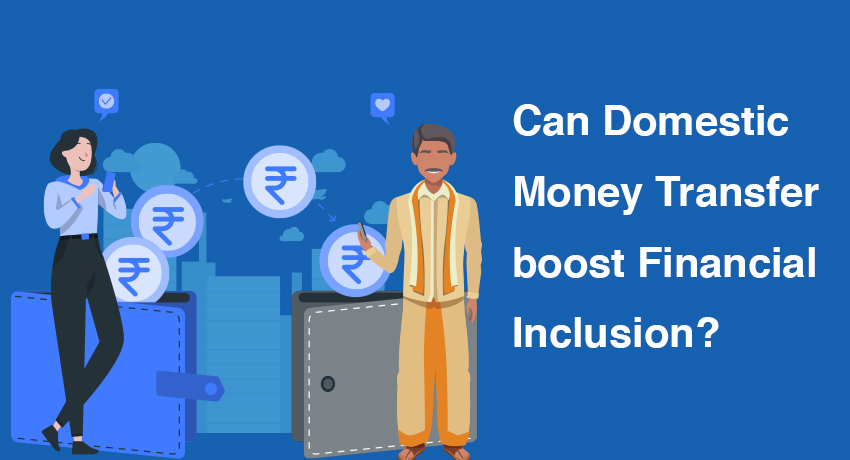The words digital and automation have glided into our everyday life quite effortlessly. These buzzwords are also the reason behind the revolutionary financial ecosystem powered by the technology we experience today. With over 26,000 Fintech globally of which, India alone boosts 7,460, the word and functionality of Fintech have deeply penetrated commonplace.
The ‘on the spot’ functionality that Fintech has accustomed us to has massively changed the way we take finance-related decisions. Whether it is UPI payments, BNPL, robo-advisory investments or digital credit lines, Fintech, with the help of Artificial Intelligence has undoubtedly revolutionized the way we function. However, to a large extent, these benefits are limited to the urban population given that the rural population lacks basic digital and financial literacy along with avenues. Of the 64.61% rural population, only 28% of rural Indians are equipped with internet-enabled smartphones. However, a poor level of digital literacy restricts them from availing of services that 35.39% urban population has access to.
Certain financial institutions with a vision to uplift and empower the 900 million rural population have designed and launched unique business models leveraging existing infrastructure. For instance, iServeU leverages over 3 lakh + Kirana stores located in rural India to further their vision of financial inclusion. The question arises – what is the core service such uniquely positioned Fintech offer to boost financial inclusion?
For 120 million internal migrant workers within India, accounting for 80% of domestic remittances, who may or may not be digitally literate and equipped, availing Fintech services is a far cry. Bank branches and ATMs are restricted from catering to the said population because they don’t grasp the concept of technology. However, tapping their pain point, i.e., domestic remittance is one way to begin servicing them.
Most low-income migrants belong to India’s rural hinterlands where job opportunities are limited and follow a daily wage system. The majority of these migrants are therefore unbanked because of their profile, location, lack of literacy and opportunities. However, these migrants send money back to their villages through informal modes. A CRISIL report predicts that Rs 80,000 crore to Rs 90,000 crore domestic remittances industry will increase from 11% to 13% CAGR over the next few years.
Trying to bring these migrants into the financial realm means offering them basic domestic transfer services. By spreading across 25,000+ villages and impaneling 3 lakh + Kirana stores, Fintech like iServeU offers families of these migrants the service of collecting money from the nearest store based on their fingerprints or Aadhaar card.
Domestic money transfer allows migrants to send cash by simply presenting their Aadhaar Card. This entire process is driven by Aadhaar identification for seamless and transparent money transfers. A receiver can simply walk into the nearest Kirana store and access the money.
This service is not only hassle-free but also highly secure. Furthermore, the elimination of middlemen helps save costs for the migrants. Where migrants were often duped or charged exorbitantly by middlemen and agents in informal setups, uplifting and educating them enough to resort to the digital method is the first step toward financial inclusion.
Financial inclusion is the step towards equitable opportunities and growth. The urban and rural populations can never be weighed on the same scale owing to various restrictions and limitations but devising population and location-centric services may be a way towards inclusivity.
